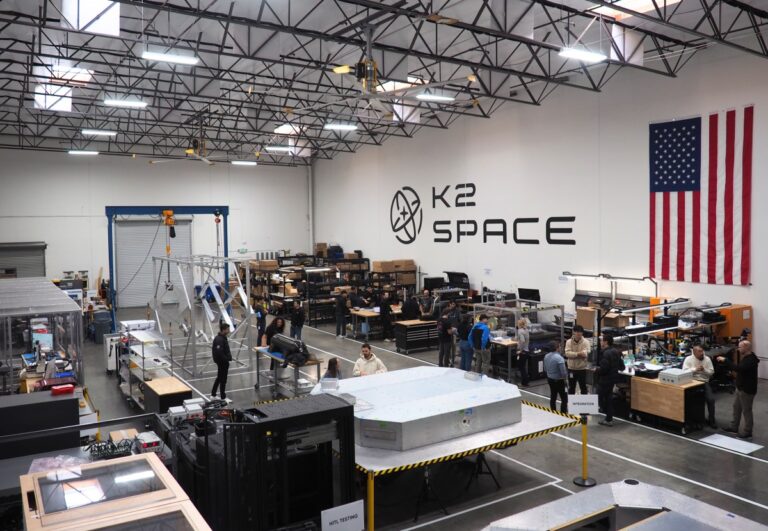Hydrogen tax credit rules give startups clarity while boosting nuclear and carbon capture
Hydrogen startups are widely seen as a promising way to eliminate fossil fuels from heavy industry and long-haul transportation. But they have been stuck in limbo for the last couple years, waiting for official guidance from the U.S. Treasury on lucrative tax credits.
The wait ended today, with the Treasury announcing final rules for hydrogen producers to qualify for tax credits under the section 45V of the Inflation Reduction Act.
“We’re grateful to have a final rule,” Beth Deane, chief legal officer at Electric Hydrogen, told TechCrunch. “Without that, the industry is just kind of dead in the track.”
The rules, which have been over two years in the making, relax some parts of the draft proposal, giving existing nuclear and fossil fuel power plants a bit of a reprieve.
Because hydrogen can be made in so many different ways, the resulting rules are a complex maze of regulations designed to ensure that hydrogen producers receiving the credit aren’t inadvertently causing more pollution.
There are two main sources of hydrogen: that which is produced by electrolyzers, which use electricity to split water molecules into hydrogen and oxygen, and that which is generated by steam reformation, which uses steam and heat to break methane molecules, producing hydrogen and carbon dioxide.
But both of those have myriad variations. Steam reformation can dump carbon dioxide pollution to the atmosphere (producing so-called grey hydrogen in the process) or it can capture and store it (blue hydrogen). Electrolyzers can be powered by renewable energy (green hydrogen) or nuclear power (pink hydrogen). If you really want to dig deep, there are so many flavors of hydrogen that people often refer to them all as the hydrogen rainbow.
At its core, the 45V rules seek to ensure that new hydrogen production doesn’t result in additional greenhouse gas emissions on the grid. To do so, the Treasury Department requires producers to track the emissions generated by each kilogram of hydrogen throughout its lifecycle. That means, for example, blue hydrogen producers must account for the planet-warming effects of methane leaks from natural gas pipelines.
Hydrogen producers will have to buy renewable or clean power from the region they’re in. By 2030, they’ll also have to show that power was used to make hydrogen within the hour.
Generally, hydrogen production that generates fewer greenhouse gases throughout its lifecycle gets bigger tax credits, up to $3 per kilogram. Green hydrogen generally costs around $4.50 to $12 per kilogram, according to BloombergNEF, so the maximum credit could make the process competitive with fossil-derived hydrogen in some regions.
Nuclear and fossil fuel power plants also benefit under the revised guidance. Previously, hydrogen producers would have been required to source power from new nuclear plants to qualify. Now, existing nuclear plants can supply up to 200 megawatt-hours of electricity. Also, certain fossil fuel power plants that have recently installed carbon capture equipment will now qualify.
The rules, while welcome, still aren’t perfect. Given the number of interested parties, that’s not surprising. From Electric Hydrogen’s point of view, Deane would like to see some more flexibility around where producers are allowed to buy electricity and how much additional clean or renewable power they’re required to procure.
But, Deane said, what the industry wants most is certainty. “We want one that stays in place and then can possibly be tweaked,” she said. “We really encourage the incoming administration to let this rule stand.”







